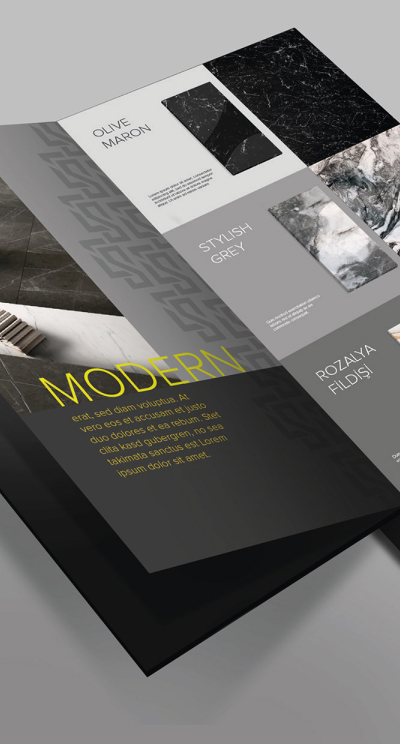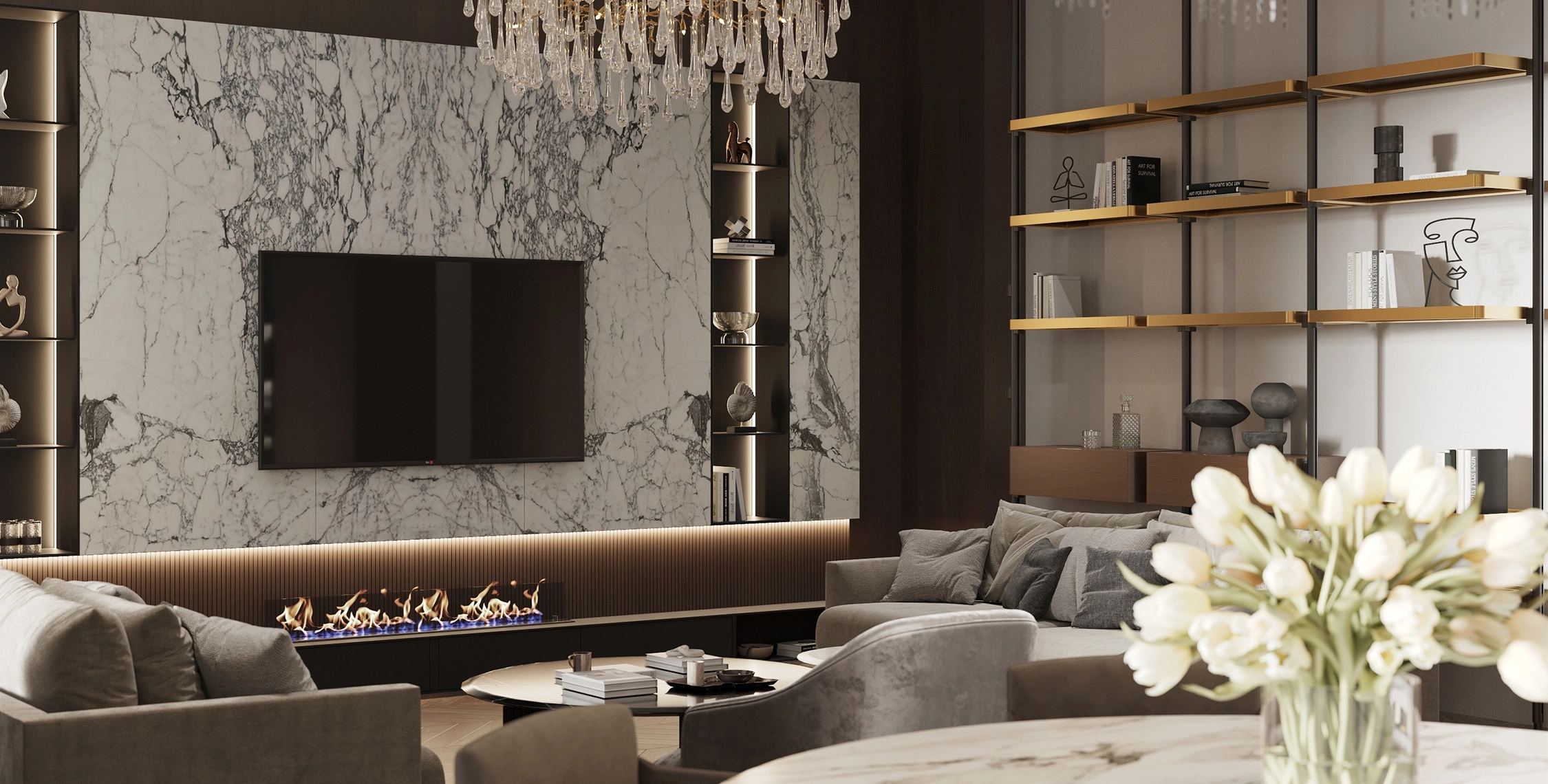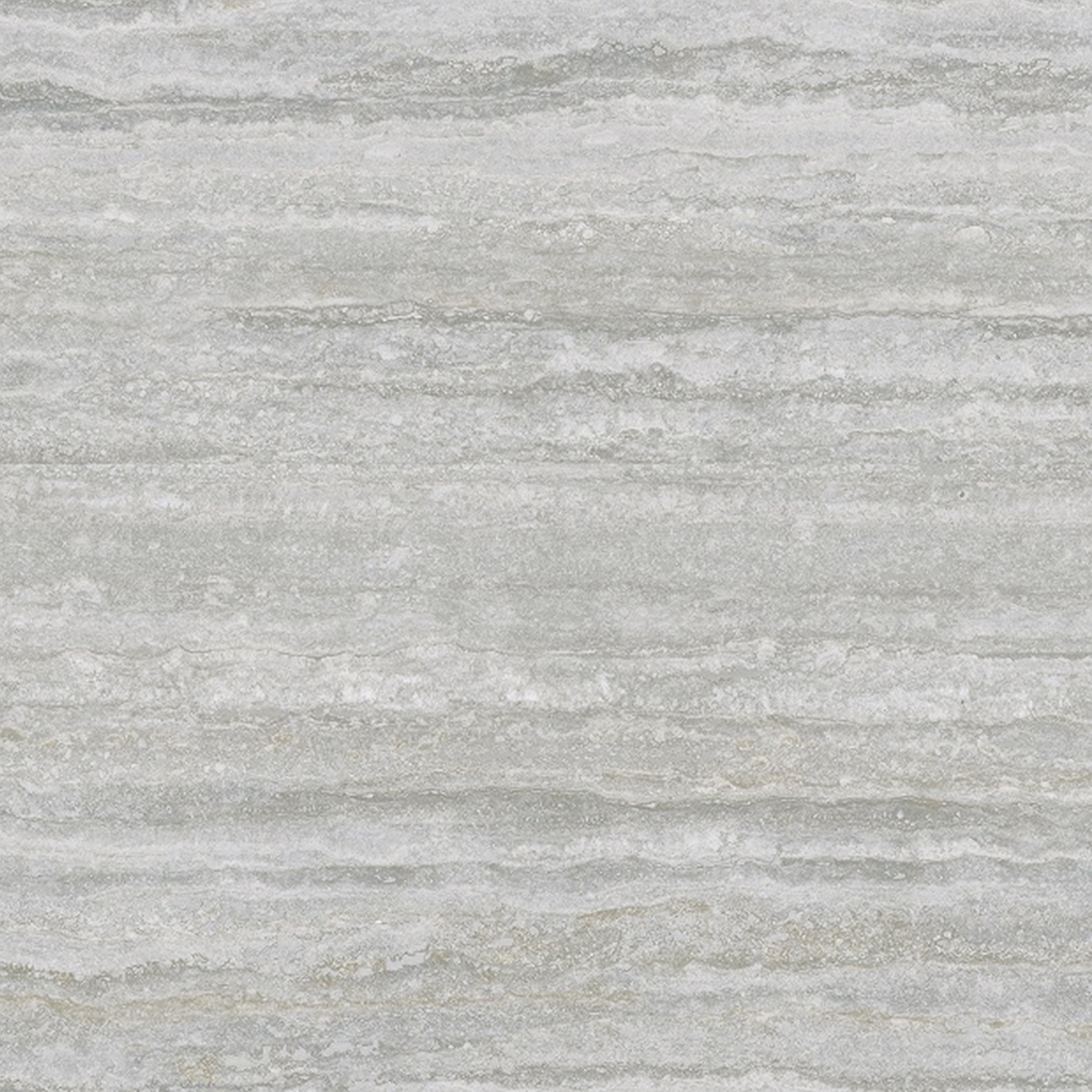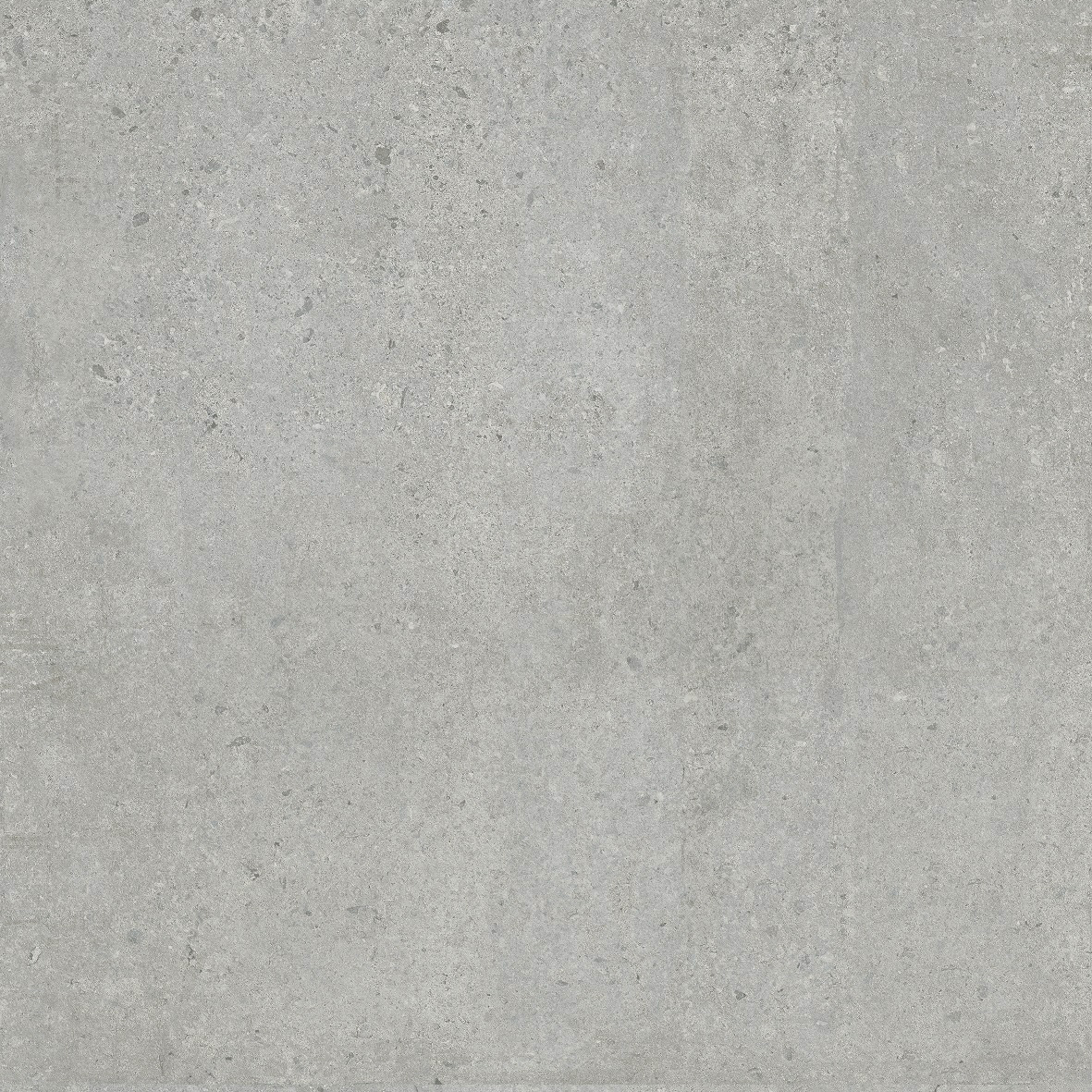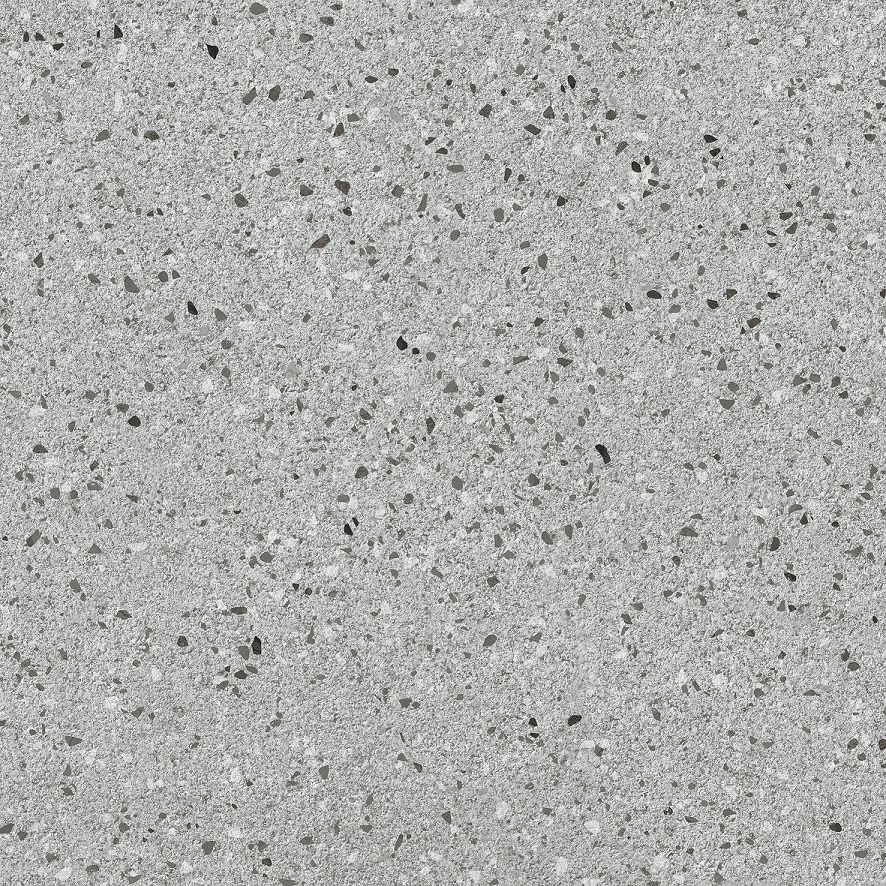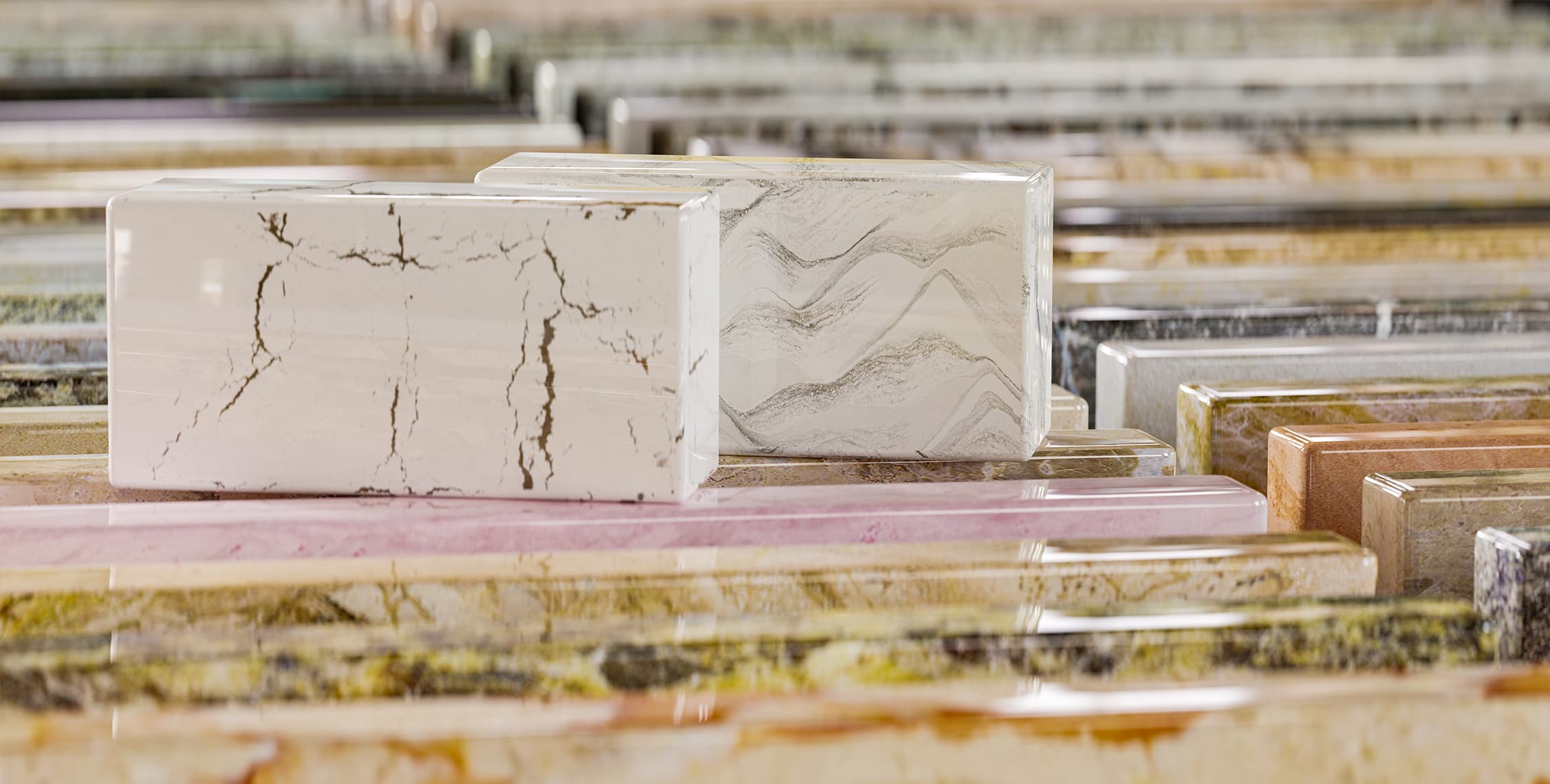
These two natural stone materials are often used in interior design, whether for flooring, countertops, or walls. While both offer beauty and durability, granite and marble have distinct characteristics in terms of resistance, maintenance, and appearance.
In this article, we will explore the various differences between these materials so you can choose the one that best suits your interior needs. Let's dive into the details below!
Key Differences Between Granite and Marble
1. Appearance
Granite and marble have unique characteristics, making them visually distinct. Granite is known for its speckled patterns created by a mix of minerals like quartz, feldspar, and biotite mica, giving it varied colors and a distinctive texture.
On the other hand, marble is often dominated by white, cream, or gray tones with fine veining that forms natural patterns. These veins are created by minerals like clay and iron trapped during the stone’s formation.
In terms of hardness, granite is stronger than marble, resulting in a more naturally glossy surface. However, modern technology allows marble to be processed for a shinier finish using sealants or special polishing techniques.
Upon closer inspection, the difference in the final effect of granite and marble can also be seen: granite often creates a solid and elegant feel, while marble adds a luxurious and smoother touch, offering a more classic look.
2. Material Characteristics
Granite’s superior durability makes it more resistant to stains compared to marble, although both materials are porous. Marble, due to its higher porosity, is more prone to absorbing stains. Therefore, using a non-sanded grout is highly recommended when installing marble tiles.
Over time, marble tends to dull naturally. Unlike stains, which can be cleaned, permanent damage to marble can only be fixed through a re-polishing process.
3. Usage Areas
Due to its high durability, granite is ideal for high-traffic areas such as kitchen floors or restaurants, where materials need to withstand daily wear and tear. In contrast, marble is better suited for spaces with lighter use, such as bathrooms, and is often used for decorative elements like vanities, shower walls, or bathtubs.
Marble offers an elegant and light appearance that can enhance a room, but it requires extra care as it is prone to scratching and staining. Without intensive maintenance, marble can lose its natural shine. As such, granite is better for active spaces, while marble is ideal for more aesthetic areas.
4. Maintenance of Granite and Marble
While both granite and marble are durable, they are still porous and can absorb liquids from spills. Lighter-colored stones tend to be more porous than darker ones.
To prevent stains and damage, it is recommended to apply a sealant to both types of stone. That said, spills should be cleaned up immediately to avoid deeper absorption. For marble, resealing should be done twice a year, while granite can be resealed once every two years.
5. Price Comparison
The price comparison between granite and marble varies widely, with costs ranging from 500,000 to 2 million IDR per square meter, depending on the location in Indonesia. Factors like color and pattern also affect the price, with higher-quality marble often being more expensive than granite of similar quality.
6. Production Process
Both marble and granite slabs are produced by mining large blocks of stone, which are then cut into rectangular slabs for easier processing.
Since granite is harder and more solid, granite slabs are usually cut larger than marble slabs. This is because granite’s strength allows it to be cut into larger sizes without breaking or damaging easily.
Granite is an excellent choice if you are looking for a durable and versatile material for your home’s interior. With its strength and durability, granite is ideal for areas that see frequent use, such as kitchens or main floors.
Its elegant appearance and wide variety of patterns also make granite an excellent choice for aesthetic needs. If you want a material that combines functionality and beauty, granite is a worthy option to consider, especially for creating an aesthetic and practical interior like MELIUZ.
Product Popular

SUPREME CREAM
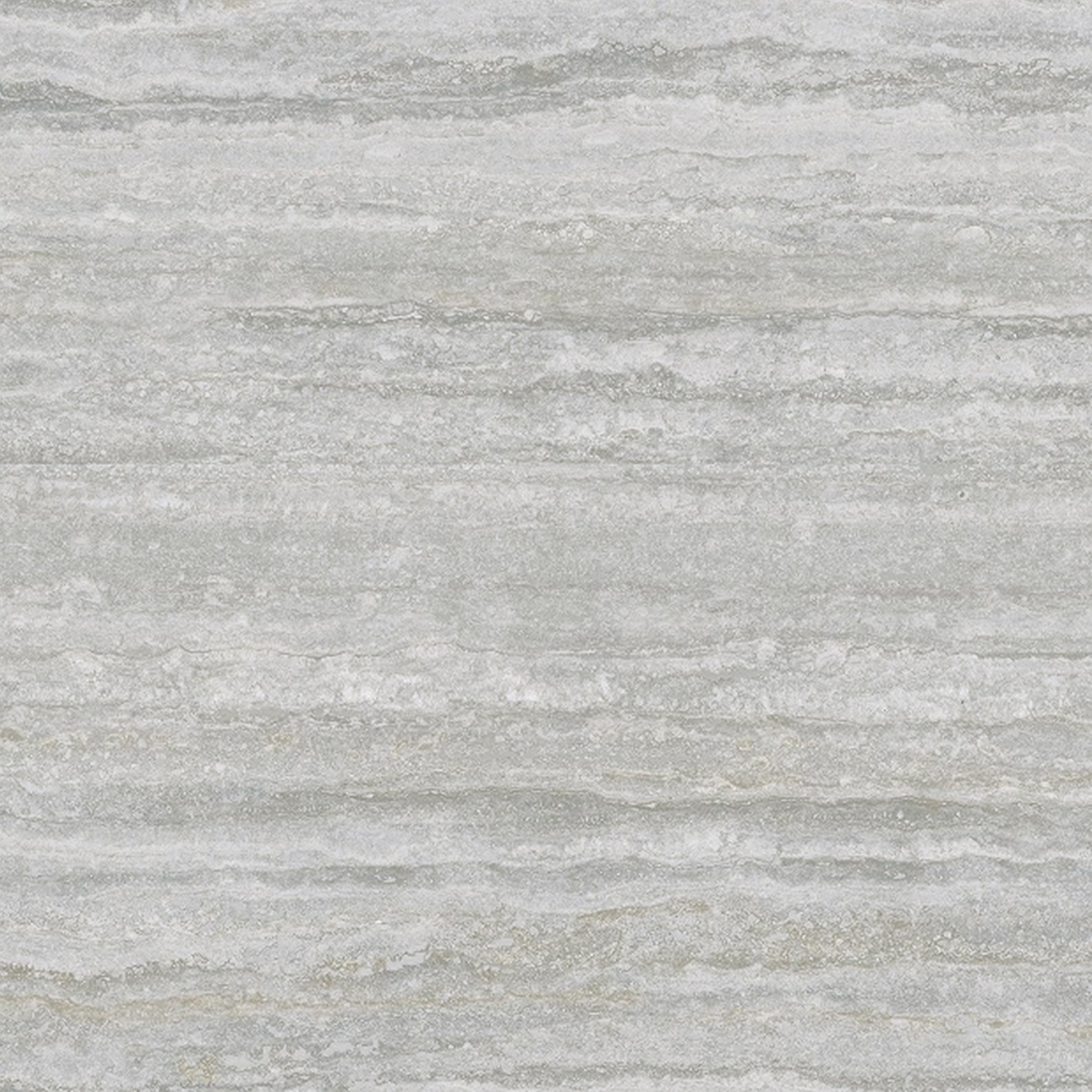
AEGRINE GREY
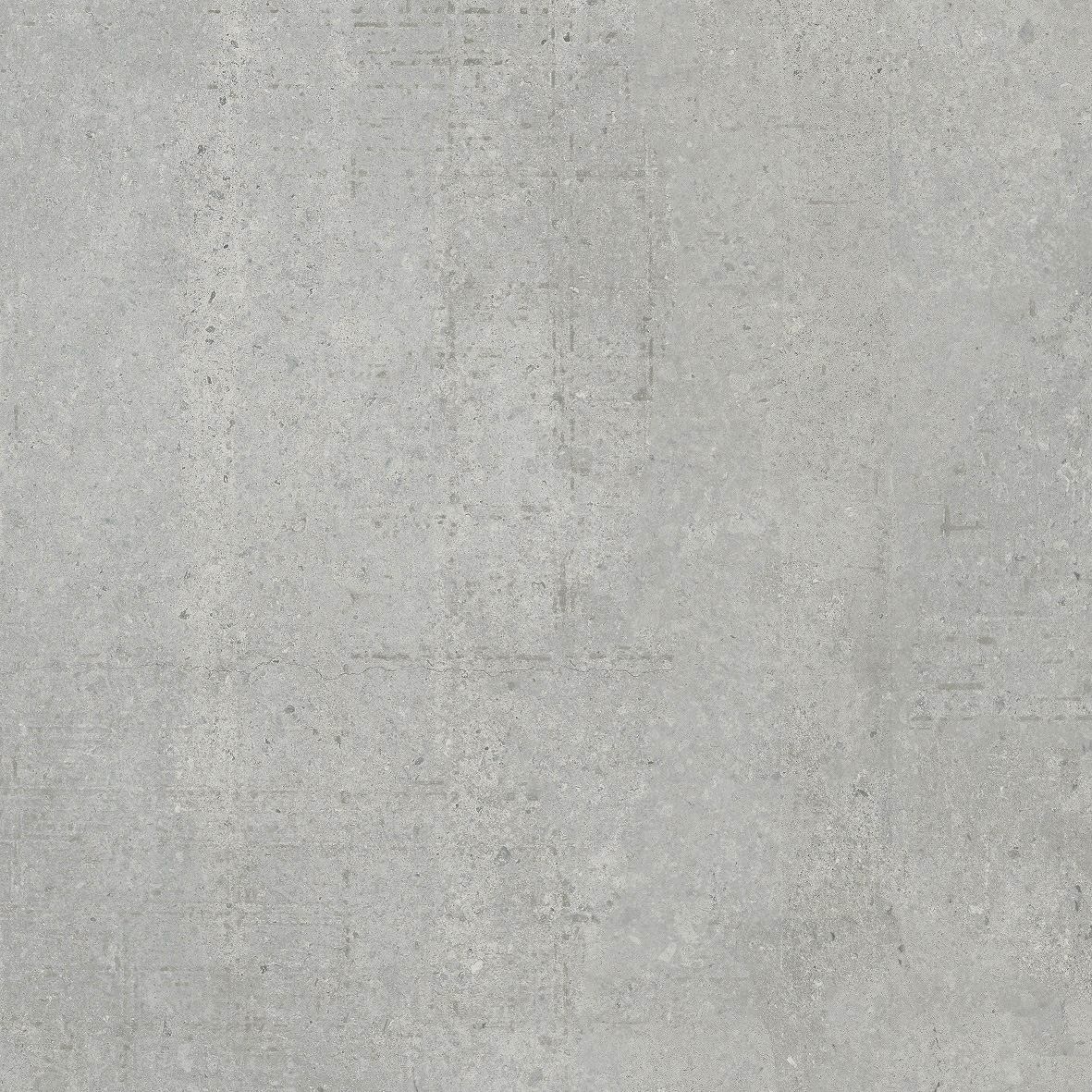
PASSO GREY
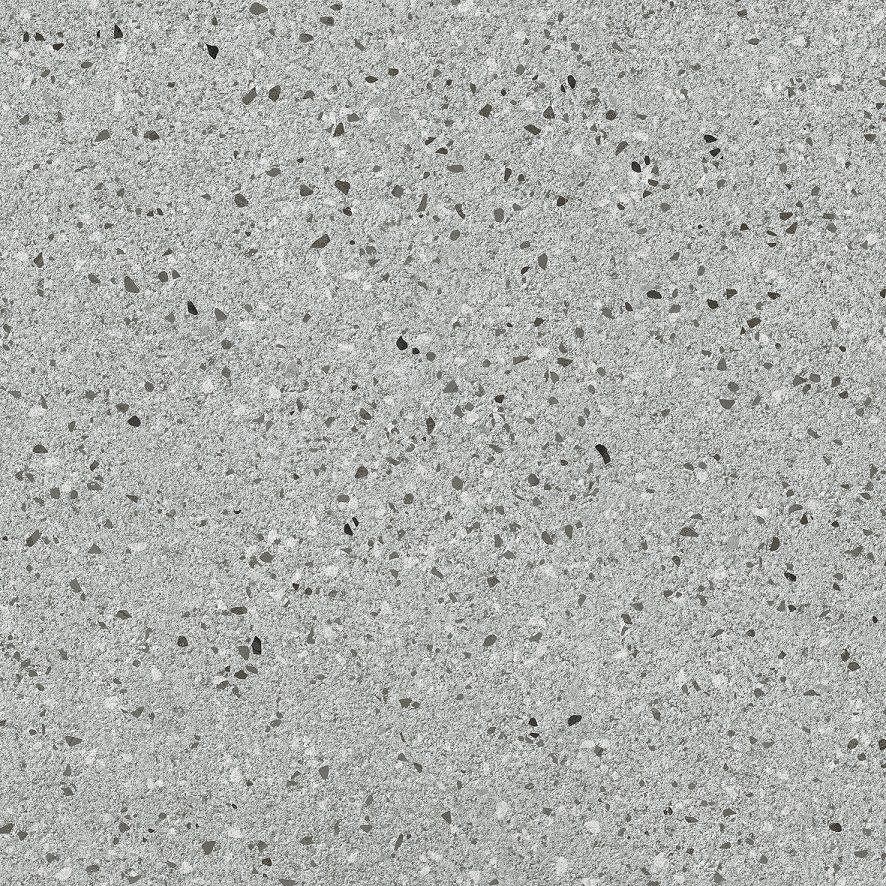
TERRASTONE GRIGIO
